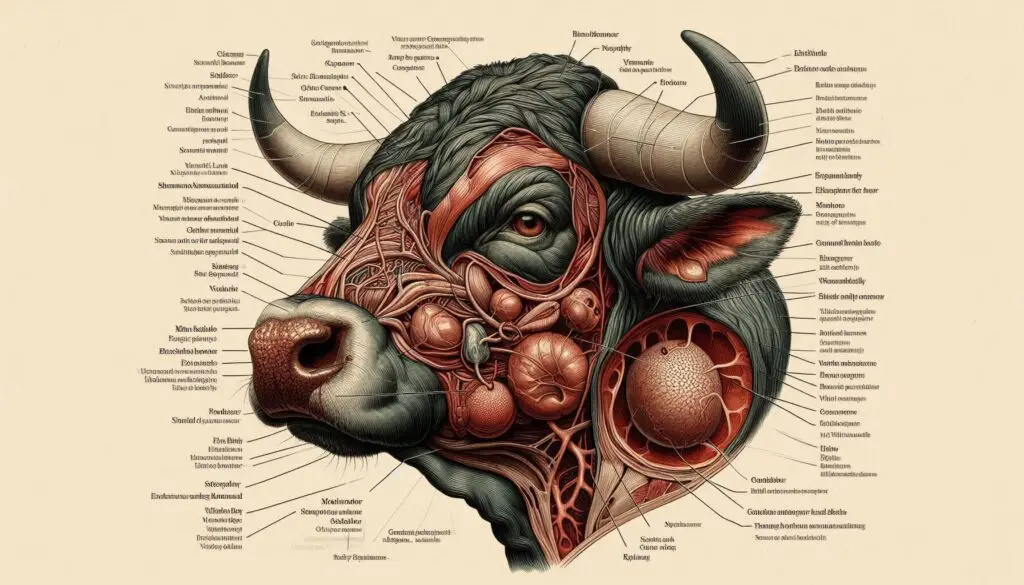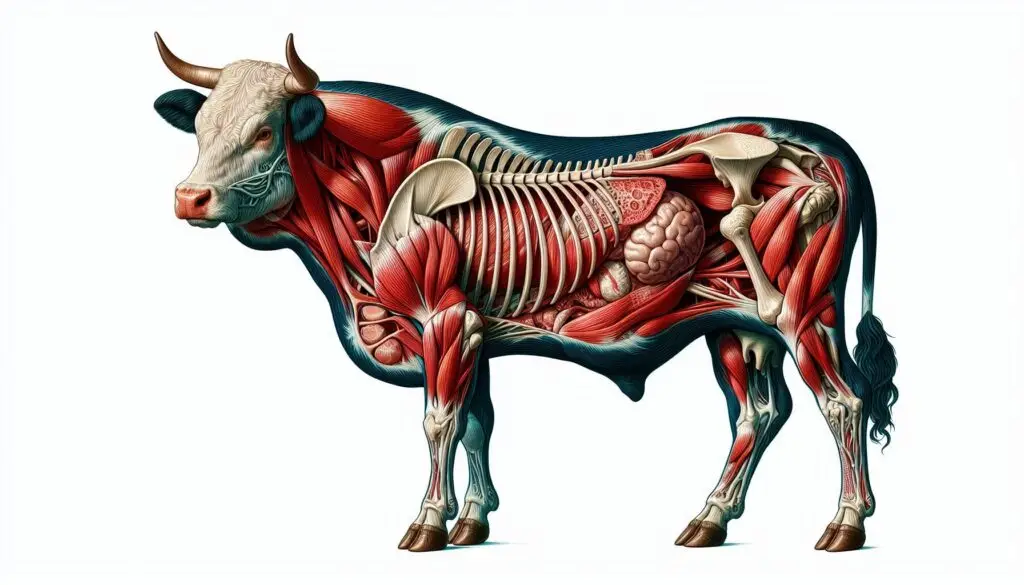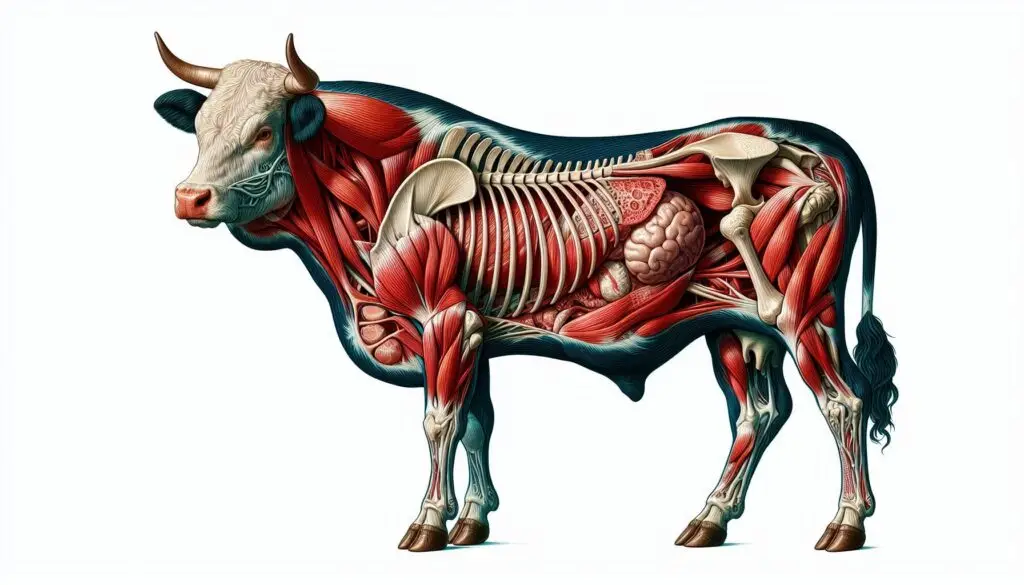Bull Semen Properties

Introduction to Bull Semen
Bull semen plays a vital role in cattle reproduction. It contains sperm cells necessary for fertilization. The quality of this semen directly influences the success of artificial insemination (AI) and overall herd fertility. To ensure optimal breeding outcomes, it is essential to understand the physical properties of bull semen.
Importance of Studying Semen Quality
Studying semen quality helps identify potential fertility issues. By analyzing various parameters, breeders can make informed decisions about which bulls to use for breeding. Moreover, understanding these properties allows for better management practices in cattle reproduction. For more information on the importance of semen quality in livestock, you can refer to this article on Semen Quality and Fertility.
Key Physical Properties of Bull Semen
1. Ejaculate Volume
Ejaculate volume refers to the amount of semen produced during ejaculation. This volume can vary significantly among different bulls and breeds.
Average Ejaculate Volume
Typically, the average ejaculate volume for bulls ranges from 5 mL to 10 mL. For instance, Gir bulls have an average ejaculate volume of approximately 5.80 mL, while Fleckvieh bulls may produce around 8.72 mL.
Factors Influencing Volume
Several factors affect ejaculate volume:
- Age: Younger bulls often produce smaller volumes compared to older bulls.
- Breed: Different breeds exhibit varying ejaculate volumes.
- Season: Seasonal changes can impact hormonal levels and thus affect volume.
For more insights into how age and breed influence bull semen characteristics, check out this study on Factors Affecting Semen Quality.
2. Sperm Concentration
Sperm concentration is another critical parameter that indicates the number of sperm cells present in a given volume of semen.
Typical Concentration Levels
Sperm concentration is usually measured in millions of sperm per milliliter. In Gir bulls, the average concentration has been reported at approximately 1267.63 million/mL. Higher concentrations are generally associated with better fertility rates.
Impact on Fertility
Higher sperm concentrations increase the likelihood of successful fertilization during AI procedures. Breeders often prefer bulls with higher concentrations for this reason.
For further reading on sperm concentration’s impact on fertility, visit Sperm Concentration and Fertility.
3. Motility
Motility refers to the ability of sperm to move effectively. This property is crucial for successful fertilization.
Types of Motility
There are two main types of motility:
- Mass Motility: This assesses the collective movement of sperm within an ejaculate.
- Individual Motility: This measures the percentage of motile sperm.
Mass Motility Assessment
Mass motility is typically scored on a scale from 0 to 5. In studies involving Gir bulls, an average mass motility score was around 3.88.
Individual Motility Rates
Individual motility rates can vary widely but typically range from 60% to 95% in healthy samples. An average individual motility rate for Gir bulls is about 85.83%.
For more details on assessing sperm motility, refer to this article on Sperm Motility Assessment.
4. Sperm Viability and Abnormality
Sperm viability indicates the percentage of live spermatozoa within an ejaculate.
Viability Rates
In Gir bulls, sperm viability averages around 87.58%, which is considered good for breeding purposes.
Abnormalities in Sperm Cells
Sperm abnormalities can negatively impact fertility rates. In studies involving Gir bulls, abnormal sperm cells were noted at around 10.87%.
Types of Abnormalities
Common abnormalities include:
- Abnormal shapes
- Tail defects
- Head defects
Understanding these abnormalities helps breeders select healthier bulls for reproduction. For more information on sperm viability and abnormalities, check out this resource on Sperm Viability and Abnormalities.
5. Acrosome Integrity
Acrosome integrity is crucial for fertilization as it affects the sperm’s ability to penetrate the egg’s outer layer.
Integrity Levels
In Gir bulls, acrosome integrity averages around 91.87%, indicating a high level of functionality among the sperm cells.
6. Influence of Age and Season
The age of a bull significantly impacts all physical properties mentioned above.
Age Factors
Younger bulls may have lower volumes and motility rates than older bulls due to hormonal development stages.
Seasonal Variations
Seasonal changes can lead to fluctuations in ejaculate volume and sperm quality due to environmental stressors like temperature and humidity.
For further reading on how age and season affect bull semen quality, see this article on Seasonal Variations in Bull Semen.
7. pH Level
The pH level of bull semen typically ranges from 6 to 7, which is optimal for maintaining sperm function and longevity.
Importance of pH Balance
Maintaining an appropriate pH level is essential as deviations can adversely affect fertility rates.
Conclusion
Understanding the physical properties of ejaculated semen in bulls is vital for optimizing breeding programs in cattle. Regular assessments allow breeders to improve reproductive efficiency and overall herd fertility by selecting high-quality semen based on various parameters discussed here.
By focusing on ejaculate volume, sperm concentration, motility, viability, acrosome integrity, and other factors, breeders can make informed decisions that enhance fertility outcomes in their herds.
For more comprehensive insights into bull reproduction and semen quality management practices, you may find this resource helpful: Bull Reproductive Management.
More from Animal Reproduction:
https://wiseias.com/repeat-breeder-cow-syndrome/
https://wiseias.com/anoestrus-in-dairy-cows-causes-effects-and-management/
https://wiseias.com/gynaecological-disorders-livestock-infertility/





Responses